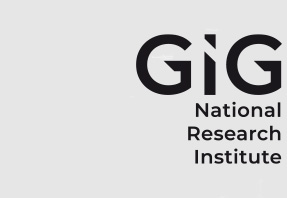Author ORCID Identifier
Koppula K. Rao : 0000-0002-7998-6647
Bhanwar S. Choudhary:0000-0002-5729-1748
Abstract
In the development of hard rock mines, achieving maximum pull after blasting plays a crucial role. Various machines have been developed for rock cutting, but still, due to flexibility and cost-effectiveness, drilling and blasting are preferred. To enhance the effectiveness of this method, several techniques have been developed, including the use of appropriate stemming material, double-primer placement, selecting optimal initiation locations, improving blast designs, and exploring stress superposition techniques through electronic detonators. This research paper focuses on investigating the effect of the priming and explosive initiation location on pull through an experimental approach. The study specifically examines the influence of different initiation approaches on pull, with a particular focus on inverse initiation without solid decking. The findings indicate that inverse initiation without solid decking reveals the best pull for competent rock. Additionally, the inverse initiation with 1st and 2nd square cut solid decking (double detonators with different delays) and spacers in periphery holes was found to be the best choice to eliminate the post-blast sockets with reasonable pull for weathered competent rock.
Erratum
The page range corrected from 331-342 to 332-343
Recommended Citation
Rao, K.K. and Choudhary, B.S.
(2023)
"Effect of priming and explosive initiation location on pull in hard rock underground mine,"
Journal of Sustainable Mining: Vol. 22
:
Iss.
4
, Article 5.
Available at: https://doi.org/10.46873/2300-3960.1399
Creative Commons License

This work is licensed under a Creative Commons Attribution-Noncommercial-No Derivative Works 4.0 License.

